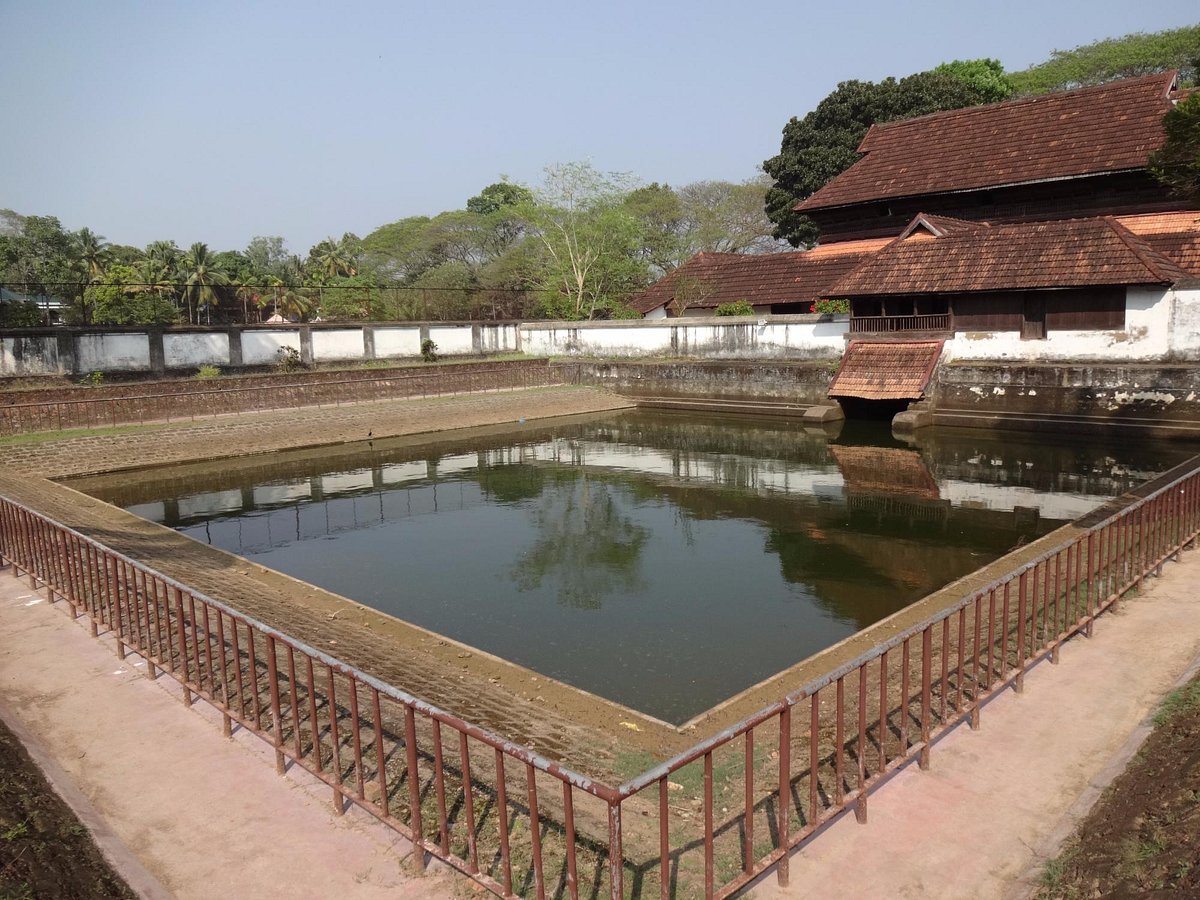Krishnapuram Palace, located in the Kottayam district of the southern Indian state of Kerala, is a testament to the region’s rich historical and architectural heritage. This exquisite palace, built by the Travancore King Marthanda Varma in the 18th century, showcases a blend of traditional Kerala architecture with European influences. In this article, we will explore the history, architecture, and cultural significance of Krishnapuram Palace.
Historical Background
Krishnapuram Palace was constructed in the 18th century by King Marthanda Varma, the ruler of the erstwhile Travancore kingdom. It was built as a summer retreat for the king and served as a residence for the royal family when they visited the region. The palace is renowned for its distinctive architectural style and historical importance.
Architectural Marvel
Krishnapuram Palace is a fine example of traditional Kerala architecture, characterized by its sloping roofs, wooden gables, and ornate woodwork. Some key architectural features of the palace include:
-
Central Courtyard: The palace is built around a central courtyard, which is a common design element in traditional Kerala homes and palaces.
-
Gabled Roofs: The palace features sloping gabled roofs with intricately carved wooden beams and rafters, showcasing the craftsmanship of the era.
-
Mural Paintings: One of the highlights of Krishnapuram Palace is its mural paintings, which adorn the walls of the palace. The most famous mural in the palace is the “Gajendra Moksham” mural, depicting the story of Lord Vishnu saving an elephant from a crocodile.
-
Durbar Hall: The palace also has a spacious durbar hall with a beautifully carved wooden ceiling, making it a grand and regal space.
-
Manicured Gardens: The palace is surrounded by well-maintained gardens and lawns, adding to its overall charm and aesthetic appeal.
Cultural Significance
-
Mural Paintings: The mural paintings in Krishnapuram Palace are considered among the finest in Kerala. They offer a glimpse into the rich artistic heritage of the region and depict mythological and cultural themes.
-
Historical Artefacts: The palace houses a collection of antique artifacts, including sculptures, coins, and weaponry, providing visitors with insights into the history of the Travancore dynasty.
-
Tourist Attraction: Krishnapuram Palace has been converted into a museum and is a popular tourist attraction. It offers visitors an opportunity to learn about Kerala’s history, art, and culture.
Visiting Tips
-
When visiting the palace, it’s advisable to hire a local guide who can provide insights into the historical and cultural significance of the site.
-
Photography is generally allowed, but it’s a good practice to check with the authorities and respect any guidelines in place.
How to Reach
-
By Air: The nearest airport is Trivandrum International Airport, located approximately 95 kilometers (59 miles) away.
-
By Rail: Kayamkulam Railway Station is the nearest railway station, situated about 11 kilometers (6.8 miles) from Krishnapuram.
-
By Road: Krishnapuram Palace is well-connected by road, and visitors can reach it by taxi or private transport from nearby towns like Kayamkulam and Alappuzha.
Conclusion
Krishnapuram Palace stands as a remarkable architectural and cultural treasure in the heart of Kerala. Its fusion of traditional Kerala architecture with European influences, along with its stunning mural paintings and historical artifacts, offers a fascinating journey into the royal past of the region. A visit to Krishnapuram Palace is not only a chance to appreciate the architectural brilliance of Kerala but also an opportunity to delve into the rich history and artistic heritage of this picturesque part of India

